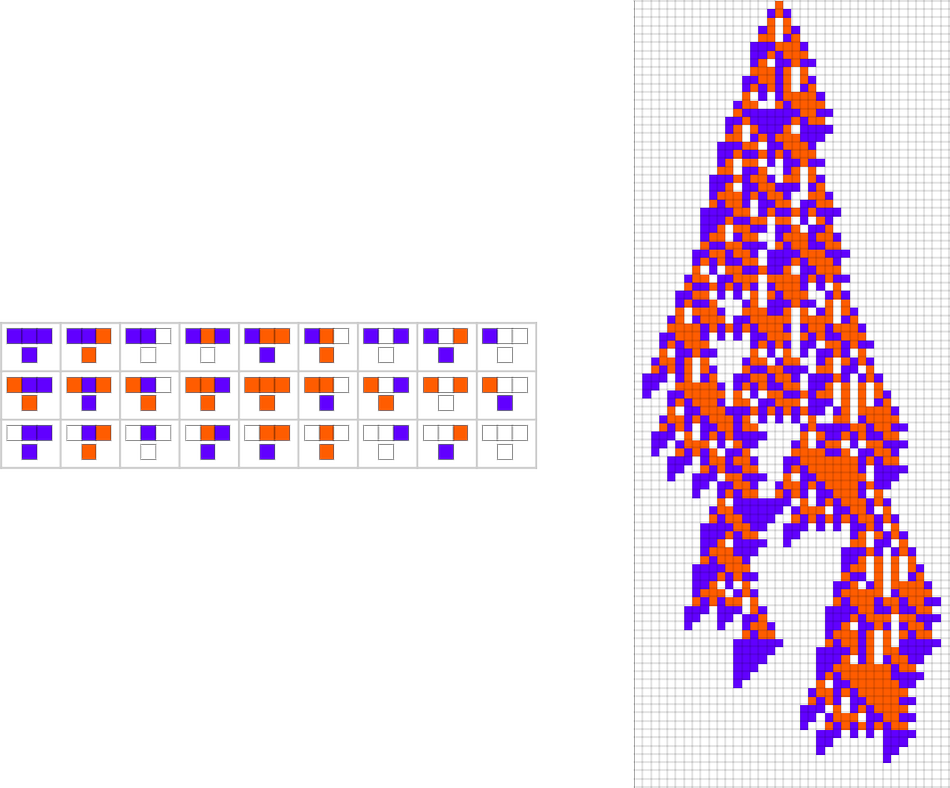
Note: As of today, copies of Wolfram Version 14.1 are being auto-updated to allow subscription access to the capabilities described here. [For additional installation information see here.]
Just Say What You Want! Turning Words into Computation
Nearly a year and a half ago—just a few months after ChatGPT burst on the scene—we introduced the first version of our Chat Notebook technology to integrate LLM-based chat into Wolfram Notebooks. For the past year and a half we’ve been building on those foundations. And today I’m excited to be able to announce that we’re releasing the fruits of those efforts: the first version of our Wolfram Notebook Assistant.
There are all sorts of gimmicky AI assistants out there. But Notebook Assistant isn’t one of them. It’s a serious, deep piece of new technology, and what’s more important, it’s really, really useful! In fact, I think it’s so useful as to be revolutionary. Personally, I thought I was a pretty efficient user of Wolfram Language—but Notebook Assistant has immediately made me not only significantly more efficient, but also more ambitious in what I try to do. I hadn’t imagined just how useful Notebook Assistant was going to be. But seeing it now I can say for sure that it’s going to raise the bar for what everyone can do. And perhaps most important of all, it’s going to open up computational language and computational thinking to a vast range of new people, who in the past assumed that those things just weren’t accessible to them.
Leveraging the decades of work we’ve done on the design and implementation of the Wolfram Language (and Wolfram|Alpha), Notebook Assistant lets people just say in their own words what they want to do; then it does its best to crispen it up and give a computational implementation. Sometimes it goes all the way and just delivers the answer. But even when there’s no immediate “answer” it does remarkably well at building up structures where things can be represented computationally and tackled concretely. People really don’t need to know anything about computational language—or computational thinking to get started; Notebook Assistant will take their ideas, rough as they may be, and frame them in computational language terms. Continue reading










